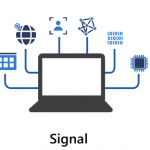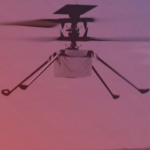New Microsoft Cloud Identity App Uses GPS to Defend Against Hackers
Microsoft has added identity and access management capabilities employing GPS among other factors to its Azure Active Directory, a cloud identity solution, to counter sophisticated hacking techniques. Two-factor authentication is no longer sufficient to defend against malicious entry. The GPS-based named locations and filters look at a range of signals for authorized user access.
By Inside GNSS













